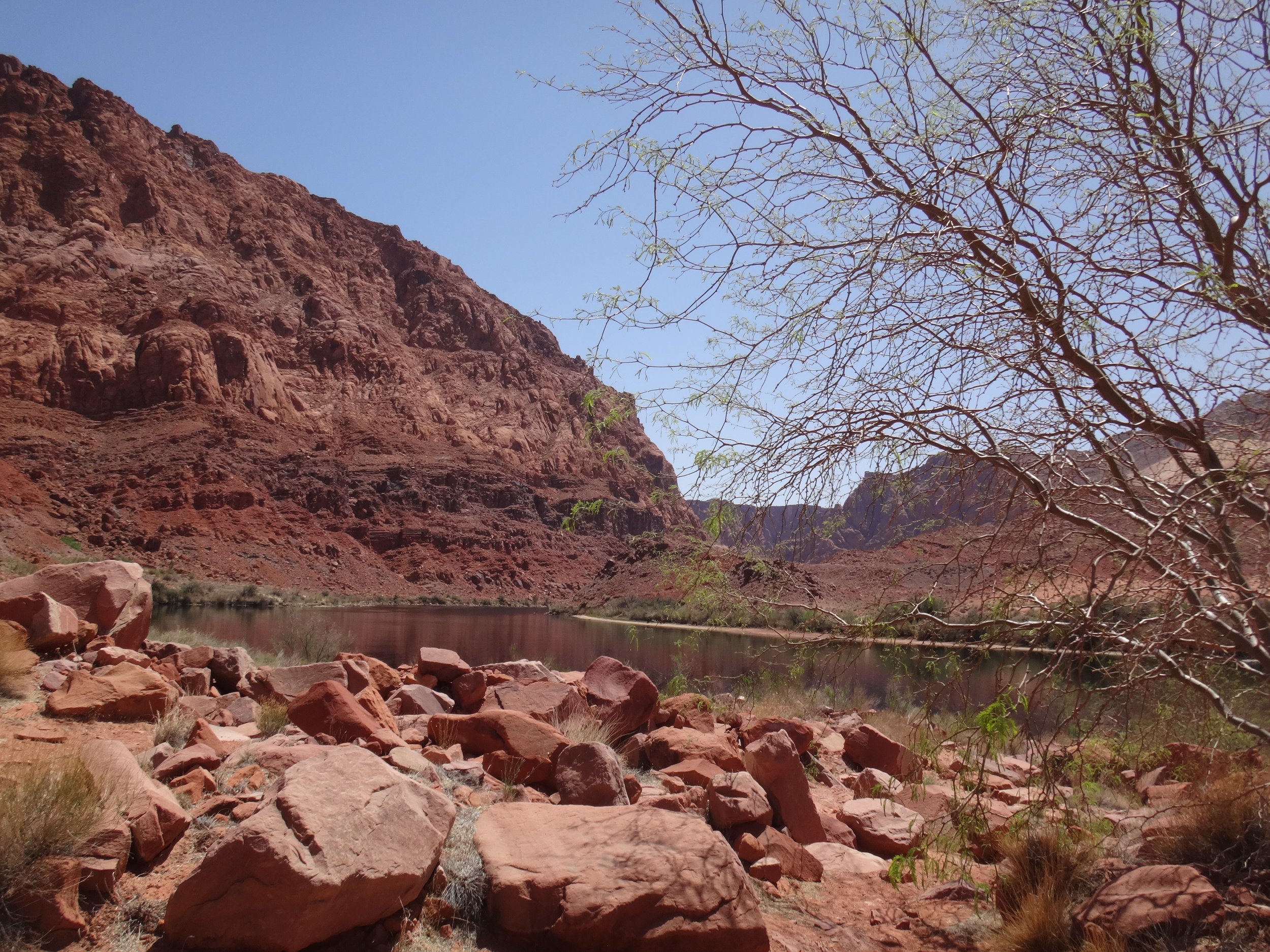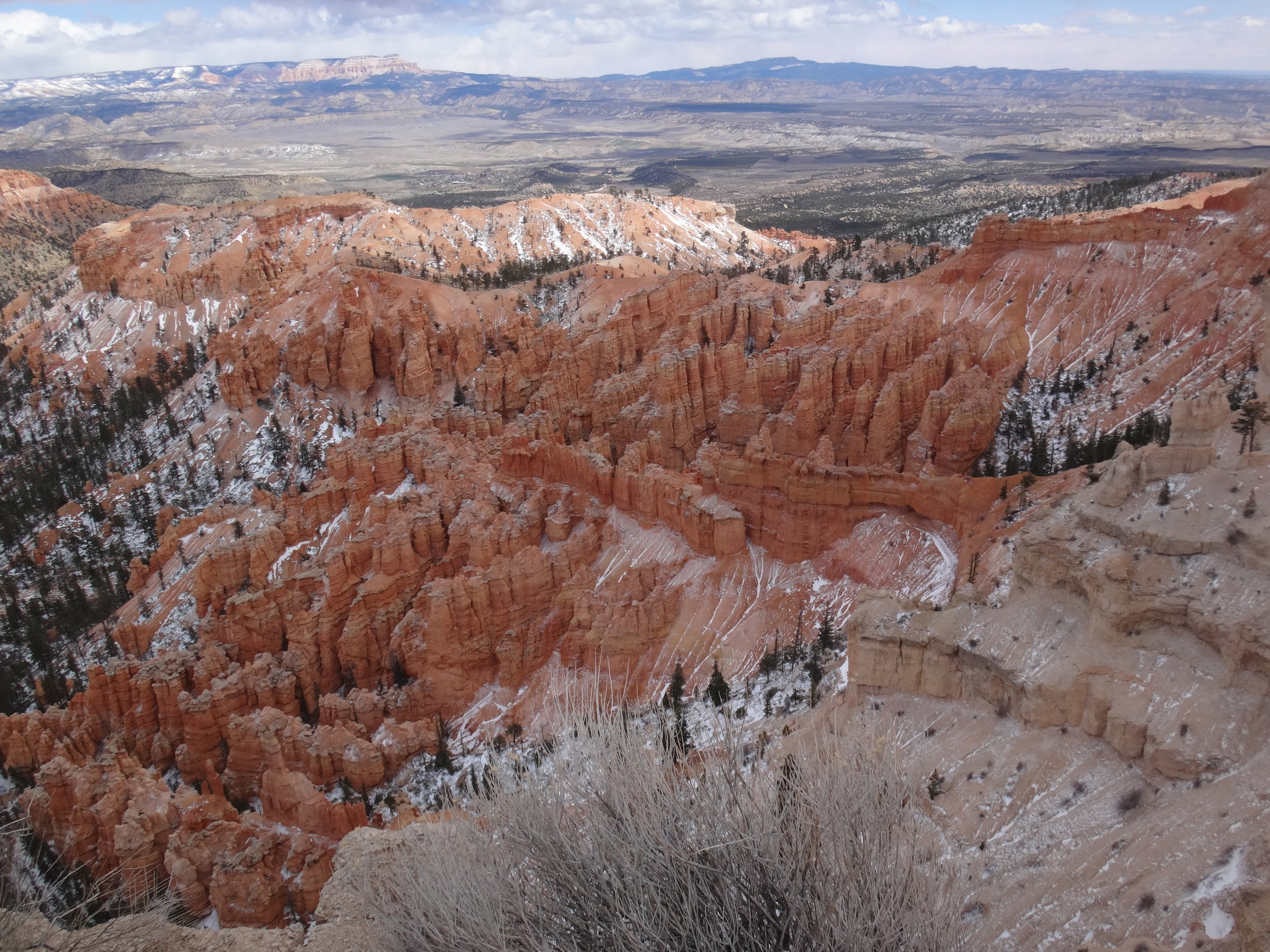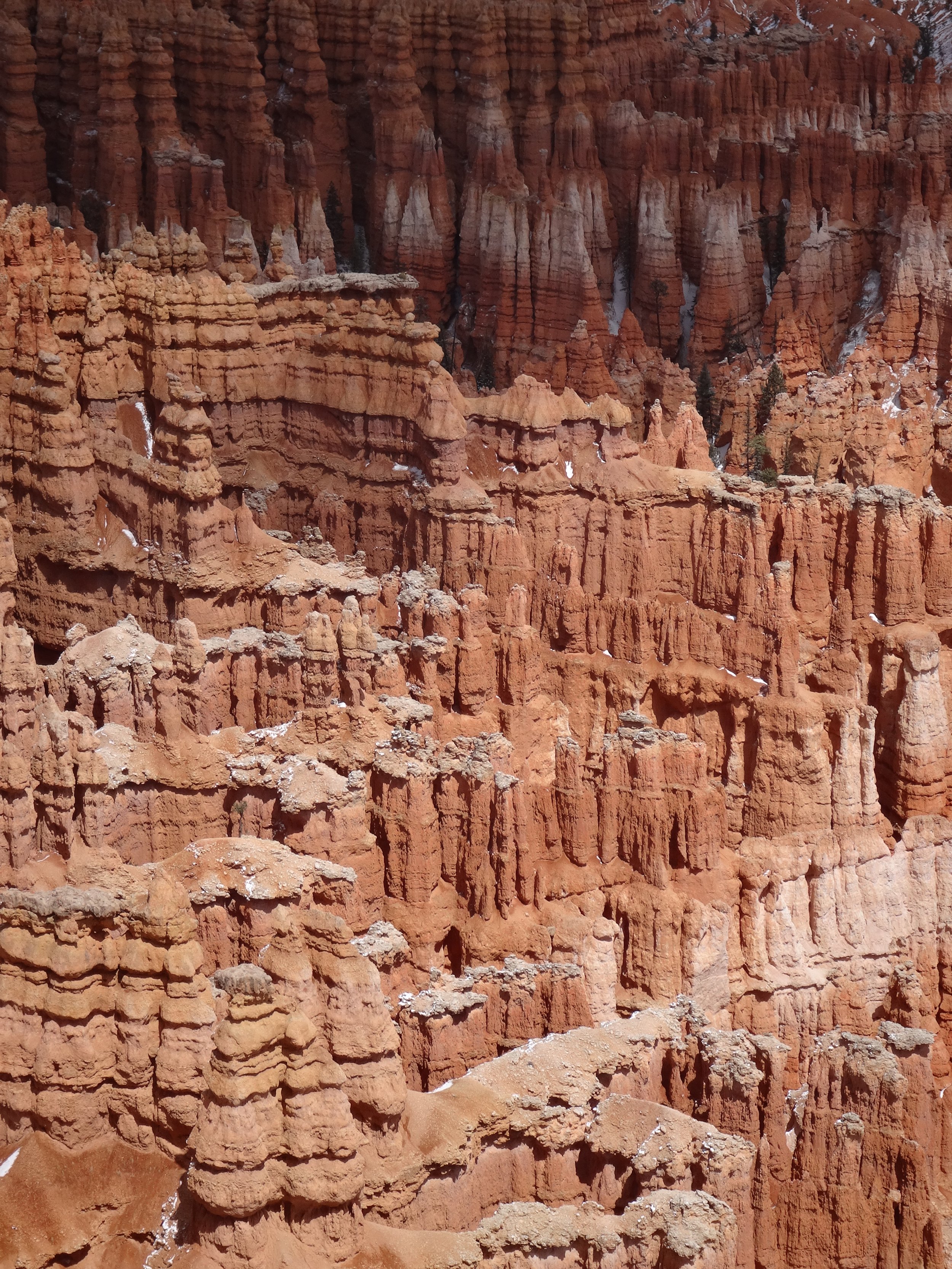Vemilion Cliffs - reddish/orange sandstone along part of the ‘Honeymoon Trail’ - a route that was taken by newlywed Mormons to go to St George, Utah to sanctify their vows.
Not an ancient stone house - a Ziegfeld dancer and her husband were travelling the road when their car broke down. They decided to stay and started building dwellings around the rock and serving food to travellers.
Great ‘unplugged’ accommodation in the desert.





















































































































































































